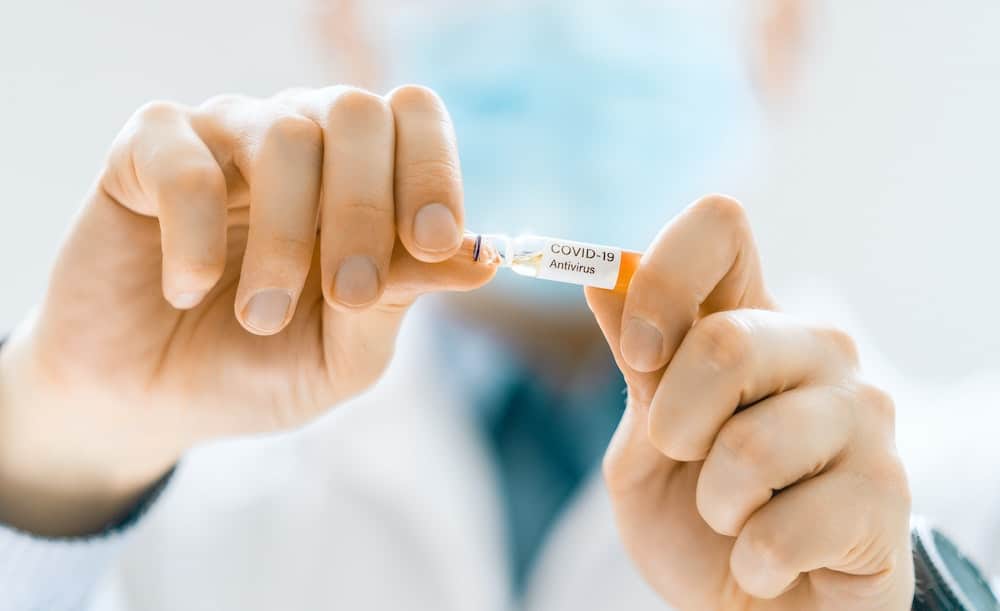How Do Biomechanical Assessments in Athletes Help Prevent Overuse Injuries?

The arena of sports is filled with high-pressure environments where athletes push their bodies to the extreme. Despite the numerous precautions taken, injuries remain an unfortunate reality, affecting both an athlete’s performance and career lifespan. Among the diverse range of sports injuries, overuse injuries are the most prevalent. These injuries occur due to repetitive strain and stress on specific body parts without adequate time for recovery.
This article explores the invaluable role of biomechanical assessments in predicting and preventing overuse injuries among athletes. Through the lens of scholarly research, Google and PubMed resources, and practical training regimens, we will evaluate how such assessments can help reduce the risk of injuries and enhance athletic performance.
En parallèle : What Are the Potential Health Benefits of Hypnotherapy in Managing Irritable Bowel Syndrome?
Understanding the Importance of Biomechanics in Sports
Biomechanics in sports is a specialized area of sports science that studies the effects of internal and external forces on the human body. It involves a comprehensive analysis of an athlete’s movement patterns, force production, and physical capacity. By understanding the biomechanics of sports, athletes can optimize their performance while reducing the risk of injuries.
A biomechanical assessment looks at the movements and forces involved in sports, identifying potential areas of risk or injury. It examines an athlete’s running style, foot placement, body alignment, and other factors that can contribute to overuse injuries. By identifying these risks, athletes can modify their technique or training regimen to prevent these injuries.
A lire aussi : What Are the Key Nutritional Strategies for Enhancing Collagen Production for Skin Health?
The Direct Role of Biomechanical Analysis in Injury Prevention
The direct application of biomechanical analysis in sports injury prevention is broad. It informs the development of effective training protocols, equipment design, and injury rehabilitation strategies. A detailed biomechanical assessment can reveal the underlying causes of an athlete’s recurring injuries, providing invaluable insight into what modifications may help prevent future problems.
For example, an assessment may reveal that an athlete’s running style puts excessive strain on their knees, increasing their risk of injury. In this case, a biomechanist can recommend changes to the running technique or suggest specific exercises to strengthen the supporting muscles.
Also, the use of innovative technologies in biomechanical analysis, such as motion capture systems, provides a deeper understanding of athletes’ movements. It assists in identifying any aberrant biomechanics that may contribute to overuse injuries.
Scholarly Research Supporting Biomechanical Assessments
Numerous studies on Google Scholar and PubMed highlight the effectiveness of biomechanical assessments in reducing the risk of overuse injuries. For instance, a study published in the Journal of Sports Medicine found that athletes who underwent regular biomechanical assessments had a significantly lower rate of overuse injuries compared to those who didn’t.
Moreover, a systematic review on PubMed showed that biomechanical assessments could predict the risk of specific injuries among athletes. It emphasized that athletes with particular biomechanical patterns were more prone to certain types of injuries. Hence, by modifying these patterns, athletes can potentially reduce their risk of injuries.
These scholarly resources serve as a testament to the critical role of biomechanical assessments in sports injury prevention.
Biomechanics and Training Regimens
Training plays a crucial role in an athlete’s performance and injury risk. However, the connection between biomechanics and training often gets overlooked. By incorporating biomechanical assessments into training regimens, sports professionals can tailor programs that nurture an athlete’s strength and address their weaknesses.
For instance, a biomechanical analysis of an athlete’s foot strike during running may suggest the need for alterations in their footwear or running technique. Similarly, an evaluation of their jump mechanics might reveal a need for specific strength training exercises to reduce the risk of overuse injuries in their knees.
Training programs informed by biomechanical analysis offer a more personalized approach to athletes, promotes healthier physical practices, and ultimately, helps safeguard them from overuse injuries.
The Future of Biomechanics in Sports Injury Prevention
While the benefits of biomechanical assessments in sports are already evident, the future holds even greater potential. With the rapid advancements in technology, biomechanists now have access to more sophisticated tools for more accurate and detailed assessments.
Moreover, the increasing collaboration between the fields of sports medicine, biomechanics, and data analysis promises more comprehensive and effective strategies for injury prevention. By continuing to invest in research and technological advancements, we can look forward to a future where overuse injuries are significantly reduced, leading to healthier and more successful sports careers for athletes.
The Role of Sports Podiatrists in Biomechanical Assessments
Sports podiatrists play a crucial role in conducting biomechanical assessments for athletes. They specialize in diagnosing and treating foot and lower limb conditions, key areas that often contribute to overuse injuries. By analyzing an athlete’s gait, running technique, and foot function, they can identify potential risk factors and make necessary modifications to the athlete’s training regimen.
Google Scholar and PubMed offer access to numerous studies that support the significance of a podiatrist’s role in sports injury prevention. One such free article from the Journal of Sports Medicine and Physical Fitness highlighted how podiatrists’ biomechanical assessments contributed to a significant reduction in overuse injuries among long-distance runners. The study further emphasized the importance of regular assessments in early detection and prevention of potential injuries.
Sports podiatrists also have a role in educating athletes about their biomechanics to reduce injury risk. Understanding their movement patterns and risk factors empowers athletes to actively participate in their injury prevention strategies. This education is often an integral part of physical therapy sessions where athletes learn about their body mechanics and how to improve them.
Moreover, with advancements in technology, sports podiatrists can now use tools like 3D gait analysis, pressure mapping, and motion analysis for more accurate and comprehensive assessments. These tools not only enhance the assessment process but also provide visual feedback to the athletes, helping them better understand their biomechanics.
The Influence of Biomechanical Assessments on Sports Equipment Design
The influence of biomechanical assessments extends beyond physical activity and training regimens. They also play an instrumental role in the design of sports equipment, which directly affects an athlete’s performance and injury risk.
Studies available on Google Scholar and free articles on PubMed have emphasized the importance of personalized sports equipment in reducing overuse injuries. For instance, the design of running shoes influenced by biomechanical analysis can significantly reduce the risk of injuries like plantar fasciitis and anterior cruciate ligament (ACL) tears.
Biomechanics informs the design of protective gear as well. Helmets, knee pads, and shin guards, designed incorporating biomechanical principles, can better distribute the force upon impact, thereby minimizing injury risk. Furthermore, equipment like custom-made insoles and orthotic devices, often recommended by sports podiatrists, can correct aberrant biomechanics and reduce the risk of overuse injuries.
In the future, with the integration of AI and data analysis, sports equipment design informed by biomechanics will likely become more personalized, further reducing the risk of sports injuries.
Conclusion
In conclusion, biomechanical assessments in athletes are an invaluable tool in the prevention of overuse injuries. Through a detailed understanding of an athlete’s movement patterns and potential risk factors, these assessments inform intervention strategies that not only enhance athletic performance but also reduce injury risk.
The role of sports podiatrists in conducting these assessments and educating athletes about their biomechanics is integral to sports injury prevention. Additionally, the influence of biomechanics on sports equipment design also plays a crucial role in minimizing injury risk.
By continuously investing in research and technological advancements in the field, we can look forward to a future where biomechanical assessments become integral to every athlete’s training regimen. The objective is to create a sports environment where athletes can perform at their best, free of the crippling fear of overuse injuries. In this way, through the lens of biomechanics, we can enhance not just the performance but also the longevity of an athlete’s career.
